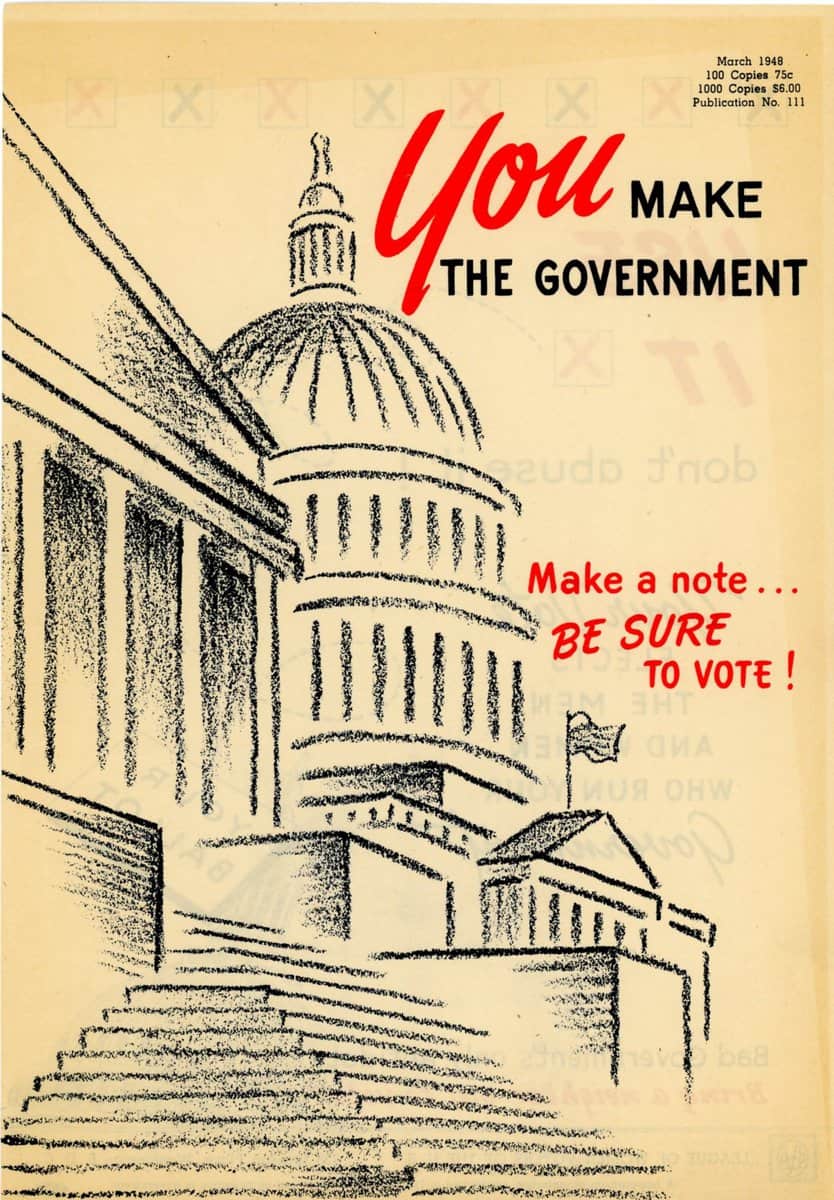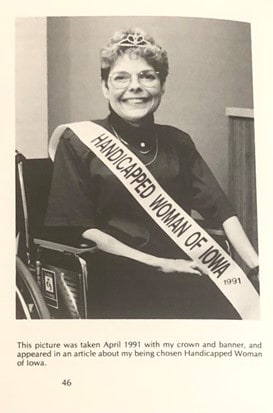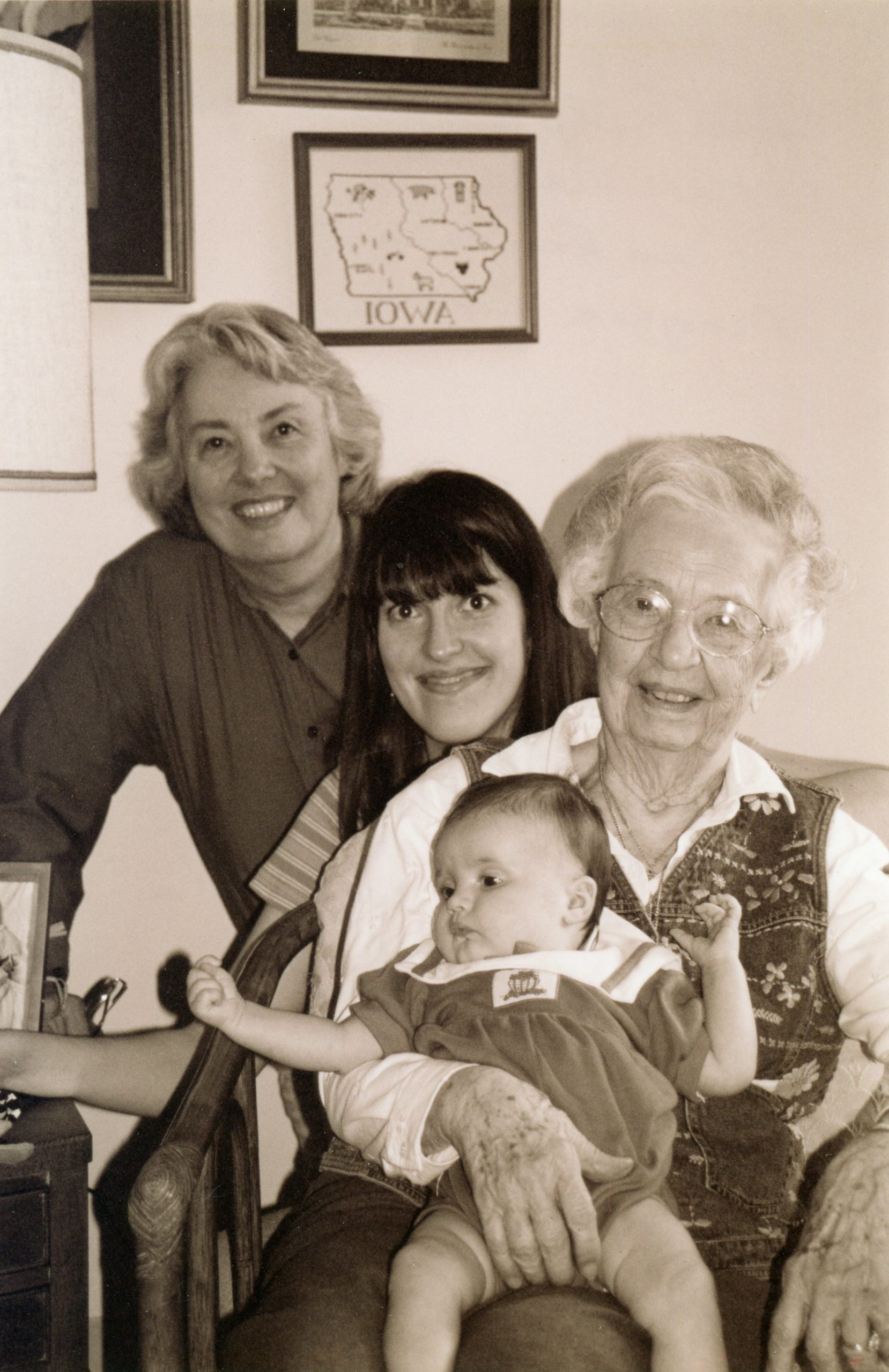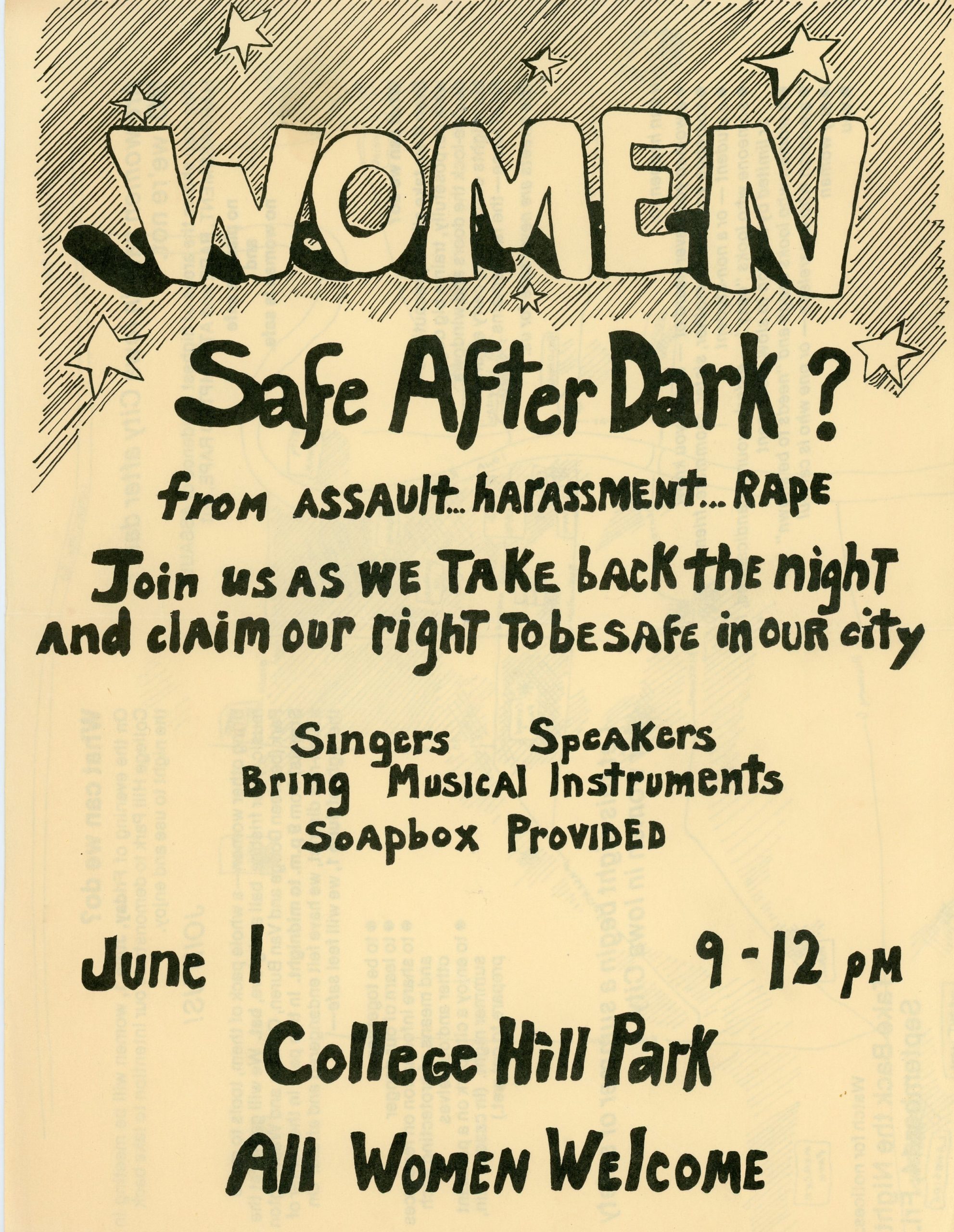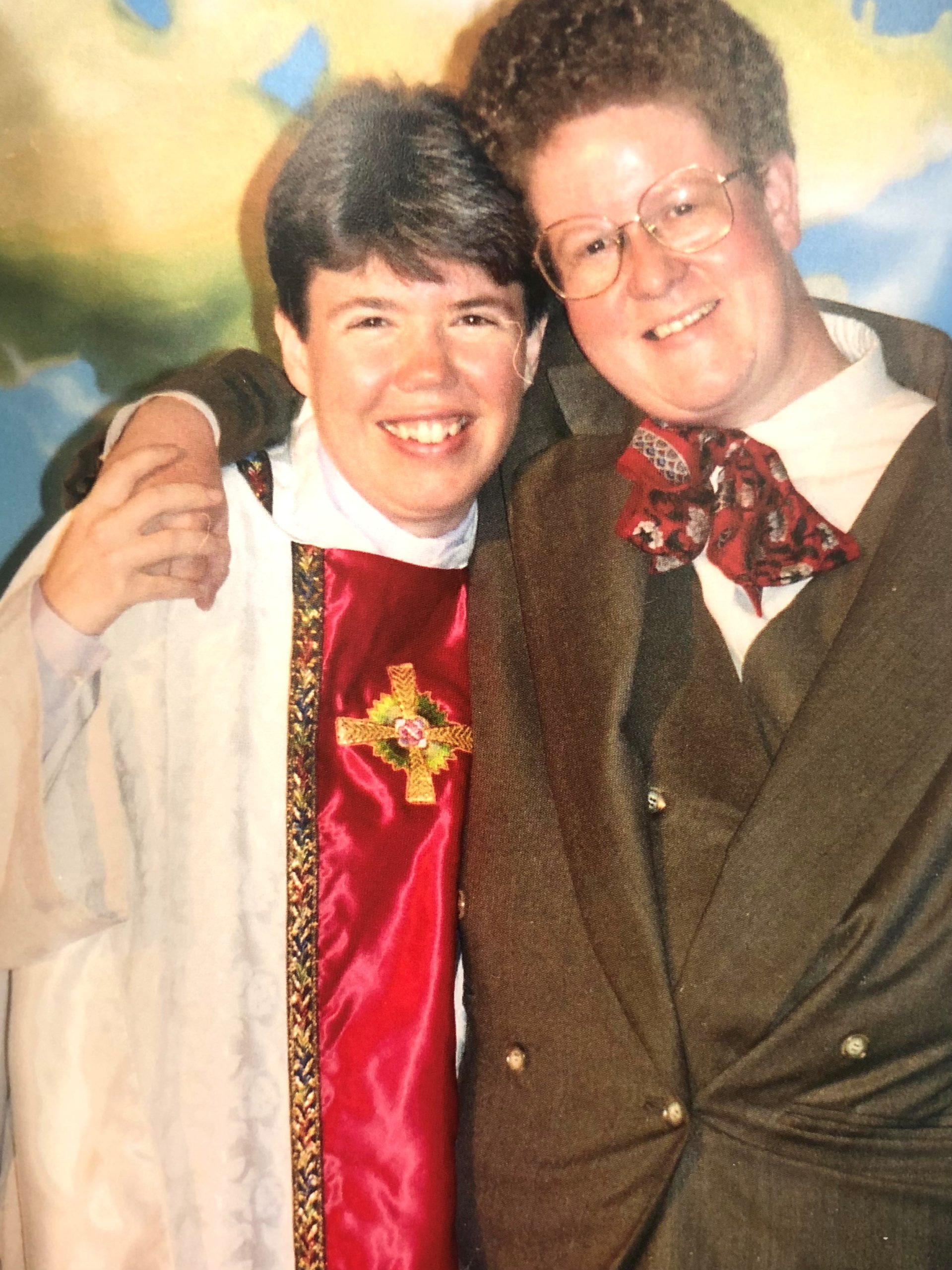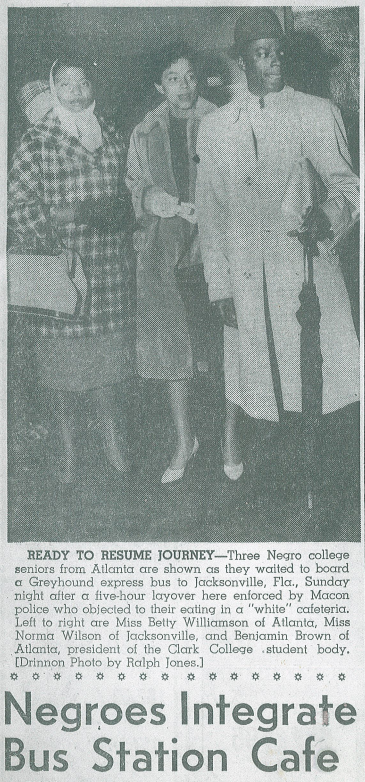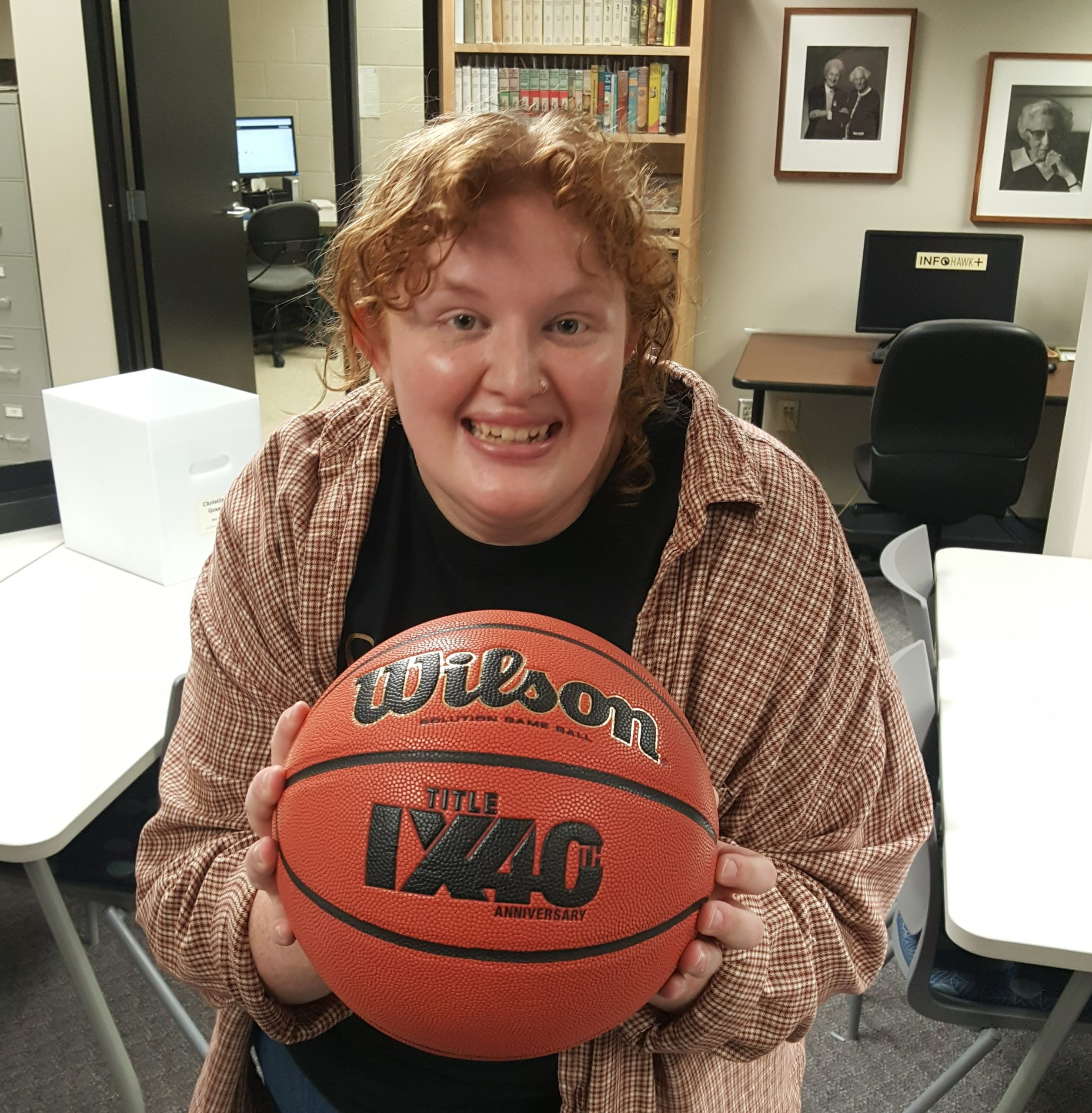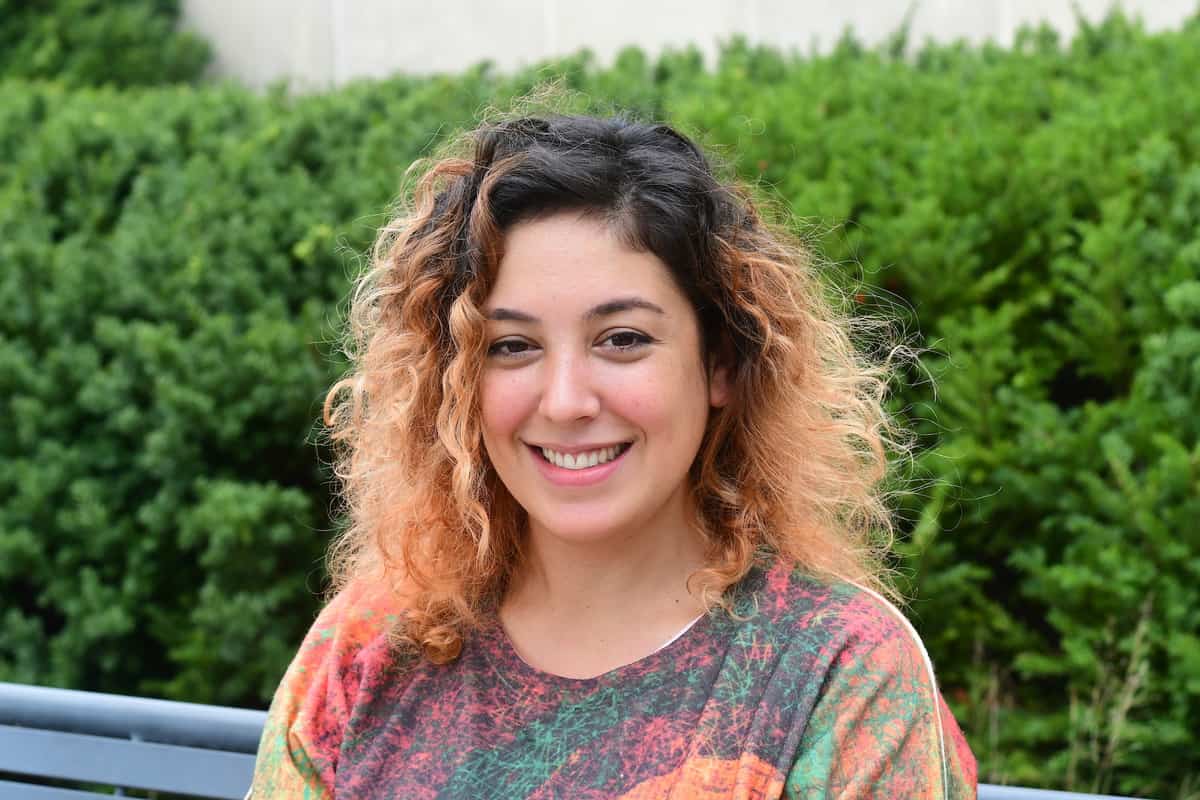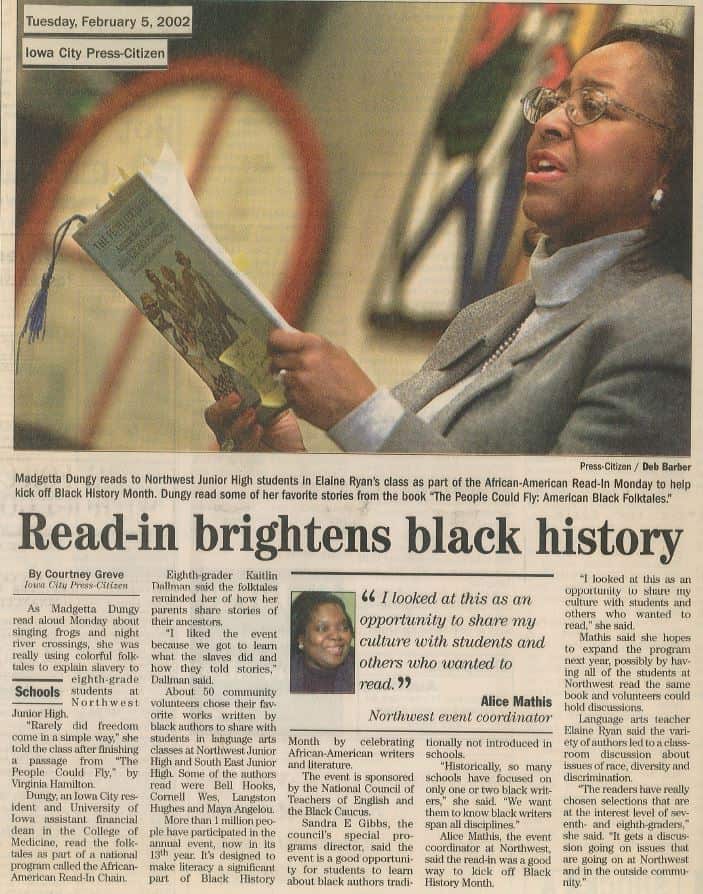A non-partisan organization, the LWV focuses on voters understanding their power and responsibility in government at all levels. It also emphasizes that for democracy to be for the people, citizens must engage with government at every level. In a 1947 project entitled You are Democracy, the LWV aimed to educate voters on the democratic process.
Category Archives: From the collections
Done biting their tongues: UI dental hygiene and gender discrimination
by Beatrice Kearns, graduate assistant, Iowa Women’s Archives The University of Iowa Dental Hygiene Program began in 1953 with 24 students and despite being nationally renowned, the female-dominated program did not make it to its 50th anniversary. Until the final graduating class in 1995, the program trained hundreds of hygienists. Students took classes in aContinue reading “Done biting their tongues: UI dental hygiene and gender discrimination”
Women, Disability, and Reparative Description in IWA
The following post was written by IWA Student Specialist, Abbie Steuhm. In the process of creating a LibGuide on women and disability for the Iowa Women’s Archives (IWA), I discovered a trove of artifacts from disabled women and disability advocates. However, this did not come easy as the history was hidden by its description. IContinue reading “Women, Disability, and Reparative Description in IWA”
Enterprising Women: Three Profiles from the Fellows Family papers
The following post was written by IWA Student Specialist, Avery Porter. Clara Conrad entered the Graham Hospital Training School for Nurses in 1902. She was the first student to enroll in the new program and the only person in her class. A full graduation ceremony was held in her honor a year later proclaiming herContinue reading “Enterprising Women: Three Profiles from the Fellows Family papers”
Women Safe After Dark? The Beginnings of Take Back the Night at the University of Iowa
On September 12, 1979, an advertisement for a rally appeared in the campus newspaper, the Daily Iowan. The outline of a woman with bows and arrows, shooting into the night sky was accompanied with the promise, “Friday evening at 8 p.m., the women of Iowa City will have a chance to support each other inContinue reading “Women Safe After Dark? The Beginnings of Take Back the Night at the University of Iowa”
Kittredge Cherry and Audrey Lockwood: A Love Story
This post was written by IWA Student Specialist, Abbie Steuhm. The LGBTQ+ community has grown in incredible size and visibility in the last decade. The legalization of same-sex marriage in the U.S. in 2015 was a colossal milestone for LGBTQ+ rights, and it has arguably helped in the normalization and acceptance of LGBTQ+ people nationwide.Continue reading “Kittredge Cherry and Audrey Lockwood: A Love Story”
Civil Rights Trailblazer June Davis Donates Papers to IWA
This post is by Archives Assistant Heather Cooper. The Iowa Women’s Archives recently received the first installment of a new collection of personal papers from Norma June Wilson Davis. Davis, who later became an administrator at the University of Iowa, was at the forefront of the student civil rights movement in Atlanta, Georgia, in theContinue reading “Civil Rights Trailblazer June Davis Donates Papers to IWA”
Six-on-Six Basketball: Gone but Not Forgotten
The following post was written by IWA Graduate Assistant, Emma Barton-Norris. Six-on-six girls’ basketball was extremely important in Iowa, to both those who played the game and to those who made the trek to attend the annual Iowa State Championship every year. In the newly processed collection, Six-on-Six Girls Basketball in Iowa ephemera, the storiesContinue reading “Six-on-Six Basketball: Gone but Not Forgotten”
Community Collaboration brings Latinx History from the Archives to the Classroom
This fall, Yamila Transtenvot, an instructor in Spanish at Cornell College, has been working with IWA, The League of United Latin American Citizens (LULAC) Council 10, and the Davenport Community School District (DCSD) to bring primary sources about Latino/a/x history to Iowa schools. I sat down with Transtenvot this Latinx Heritage Month to discuss thisContinue reading “Community Collaboration brings Latinx History from the Archives to the Classroom”
Student Reflection: Processing the Madgetta Dungy Papers
The following post is written by University of Iowa senior, Jack Kamp. When I started my internship at the Iowa Women’s Archives (IWA), I knew I was interested in working with Black women’s history. As a student interested in the history of civil rights and social justice, I knew that this collection would giveContinue reading “Student Reflection: Processing the Madgetta Dungy Papers”
